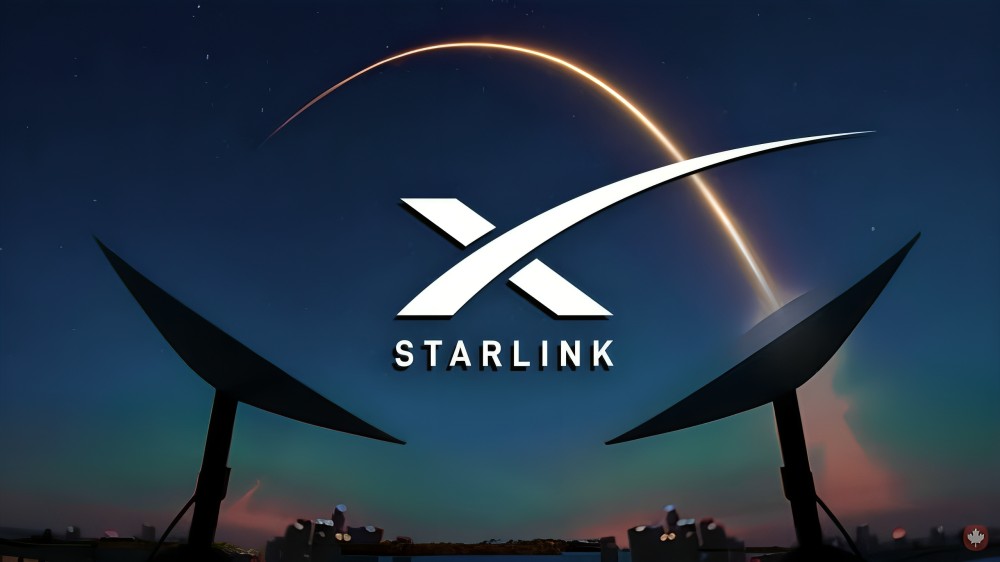At a Glance
- Starlink expands to Guinea-Bissau, targeting 67% of the population still lacking internet access.
- Entry-level Mini Kit priced at $205 aims to boost connectivity in underserved rural areas.
- Guinea-Bissau becomes Starlink’s seventh West African market amid pan-African digital push.
Elon Musk’s Starlink has officially launched in Guinea-Bissau, marking its seventh entry into West Africa’s internet market.
The country’s National Regulatory Authority for Information and Communication Technologies (ARN-TIC) granted Starlink full approval in April, following a provisional license issued in December 2024.
The company is now completing final administrative requirements for a national rollout.
With over 67 percent of Guinea-Bissau’s population offline, the need for improved internet infrastructure is critical.
Until now, connectivity has largely depended on two telecom operators—Orange and Telecel, which recently acquired MTN’s local assets.
These providers rely on fibre links through Senegal and Guinea-Conakry, though service interruptions remain common.

Affordable Internet Options Aim to Disrupt Market
In a market long plagued by poor digital infrastructure, Starlink’s entry promises to redefine internet access.
Currently, roughly 67.5 percent of Guinea-Bissau’s population remains offline, largely dependent on unreliable service from two major providers—Orange and Telecel, the latter of which recently absorbed MTN’s local assets.
To gain market traction, Starlink will offer its Standard Kit at $400, with monthly residential service priced at $63.
A budget-friendly 250GB data plan cuts the monthly fee to $31. The company is also rolling out its compact Mini Kit at a lower entry price of $205 to drive broader adoption in underserved areas.
Pan-African Expansion Amid Regulatory Challenges
Starlink’s launch in Guinea-Bissau forms part of its broader strategy to capture Africa’s fast-growing digital market.
While the continent is home to 1.3 billion people, internet penetration still lags at around 40%, the lowest globally. In 2025 alone, Starlink has secured operating licenses in Somalia, Lesotho, and already operates in Liberia and Niger.
Despite progress, South Africa—Africa’s largest economy—has yet to approve Starlink’s operating license.
SpaceX recently announced a $28 million investment to roll out Starlink’s high-speed satellite broadband to 5,000 rural schools, potentially benefiting 2.4 million students nationwide.
While this investment signals a policy shift toward improved digital infrastructure, the Independent Communications Authority of South Africa (Icasa) retains the final say on Starlink’s license, underscoring ongoing regulatory challenges in Africa’s internet expansion landscape.
Globally, Starlink now serves over 2.6 million subscribers, powered by a constellation of approximately 5,500 low-Earth orbit satellites launched since 2019 by SpaceX.
The company’s momentum in emerging markets reflects growing demand for high-speed, low-latency internet access in regions long neglected by traditional telecom infrastructure.
Elon Musk—SpaceX and Tesla CEO and world’s richest at $366 billion—remains focused on scaling affordable, reliable broadband to remote, underserved regions worldwide.






